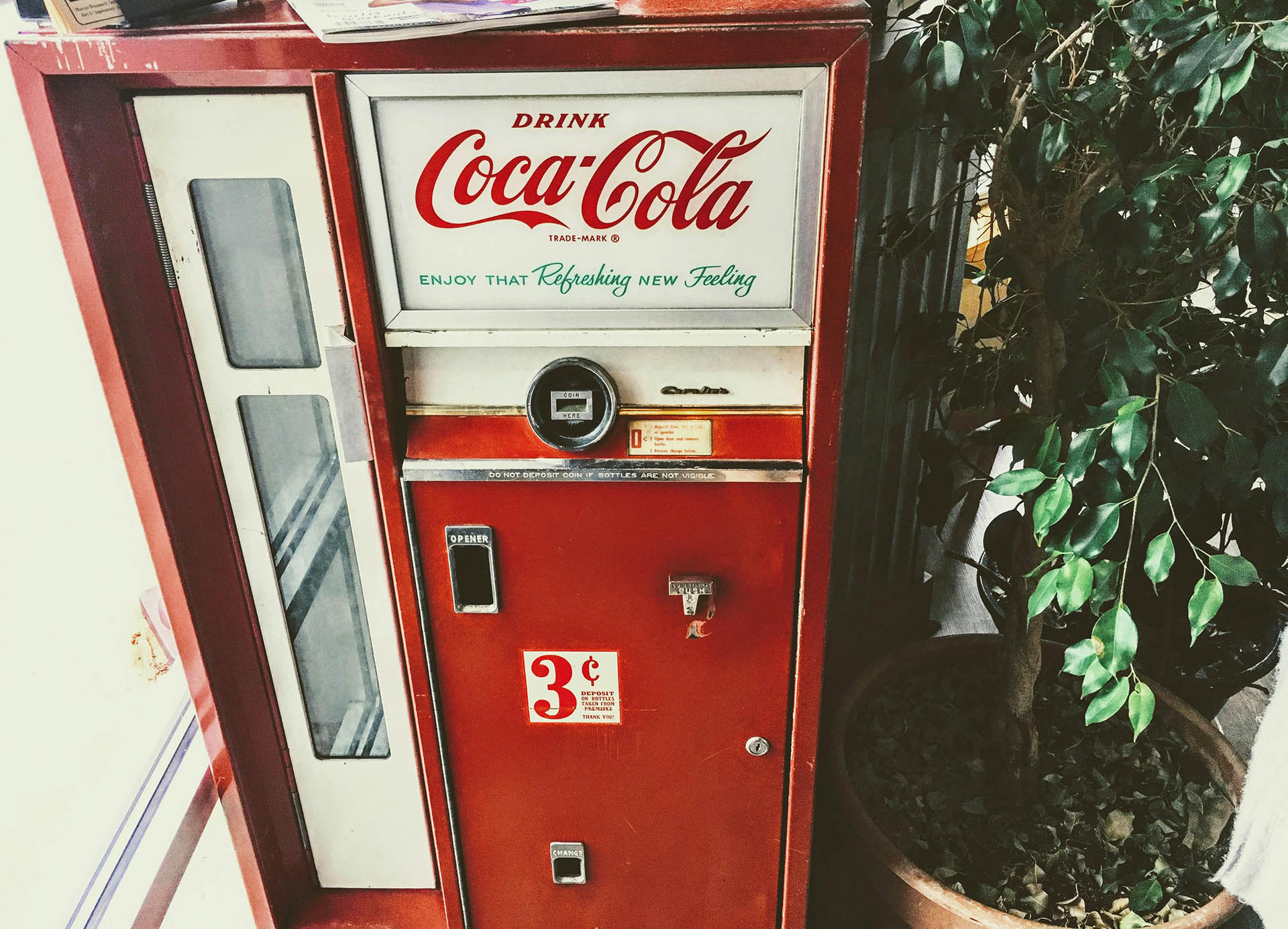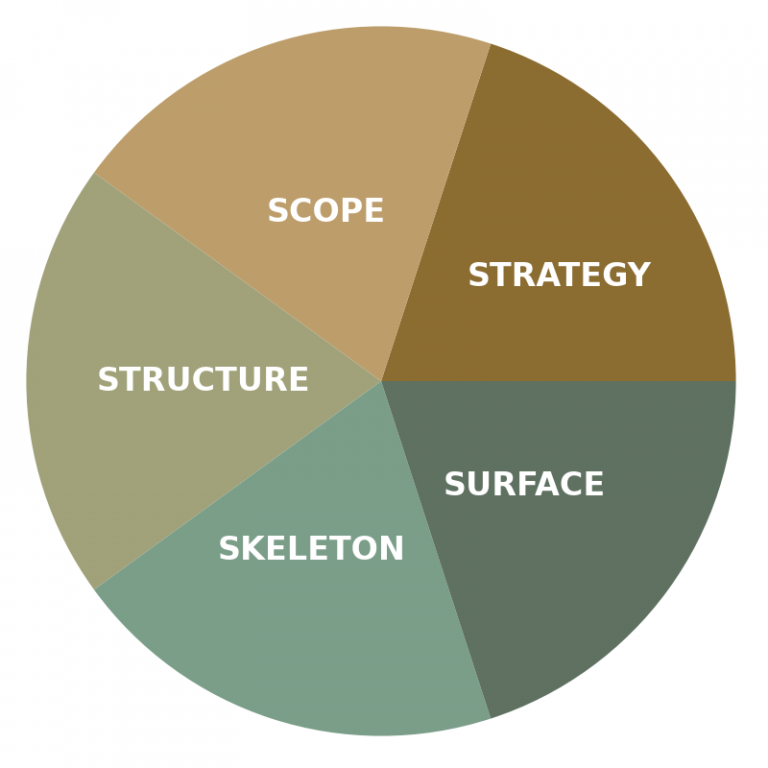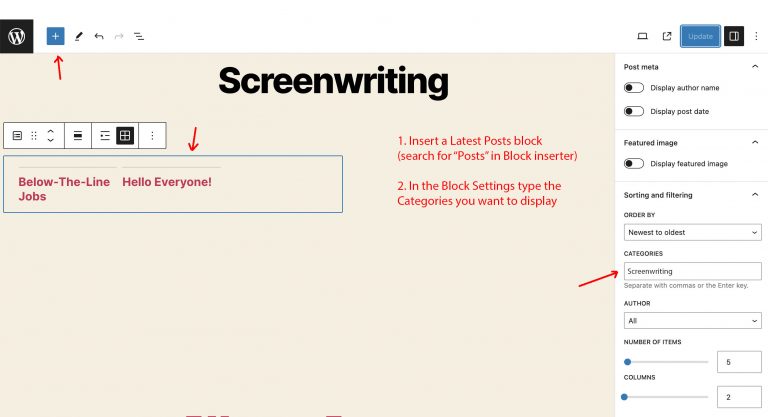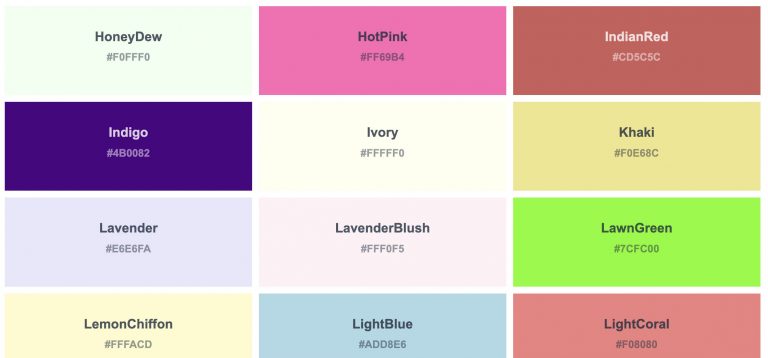User Experience In Product Design
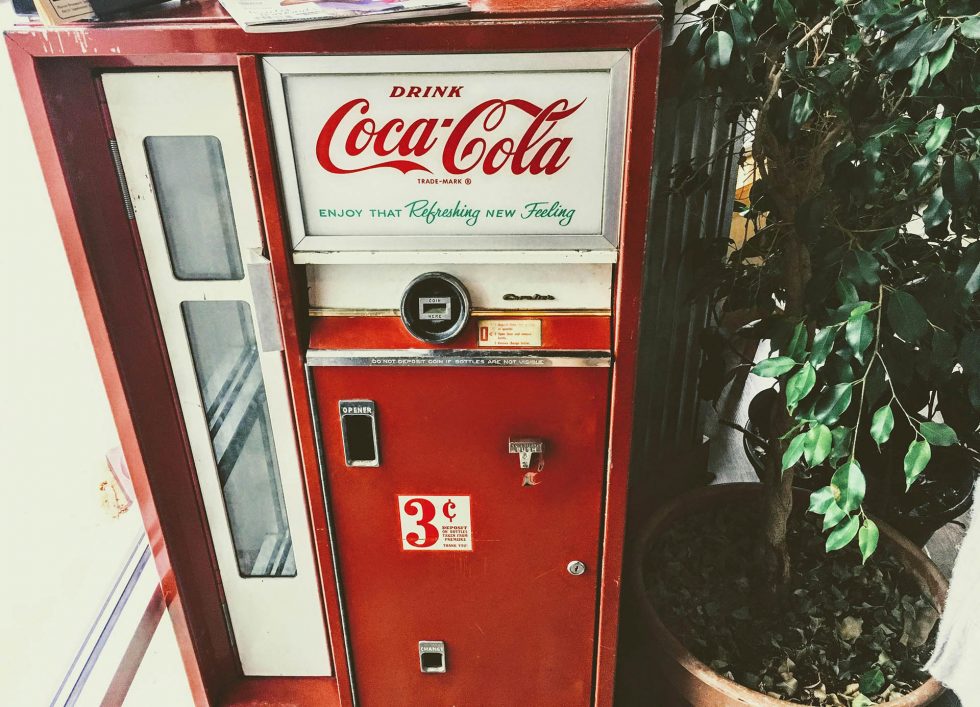
Machines, devices, and software require careful studies in user experience. If we look back to some early products such as this vintage Coca Cola machine, we can see evidence of user-centered design.
The machine includes basic user functions such as inserting coins, getting change (revolutionary!), a change return in case you change your mind, and even a built-in opener for popping the bottle cap. It’s interesting to note that underneath this “interface” is a carefully-designed structure that allows the coins to travel downward throughout the customer interaction. in a way that can be returned to the end user (via coin return).
Because of physics, there is a certain order for the coins to follow. Midway down the invisible structure is the coin return. Slots of different coins are available above to drop below after an overage is inserted. Change is returned at the very bottom of the structure.
We can also talk about the strong branding on this machine. Not only is it painted red, the logo Coca-Cola is front and center. The message (or call to action) “Drink” is strategically placed just above. And, the “Enjoy That Refreshing New Feeling” tagline is subdued with the color green, but nevertheless a subconscious message for the customer. We just wish Cokes were still only 3 cents!
We can look at three levels of experience for the end user. Those topics include User Experience, User Experience Design, and Interface Design.
What is User Experience?
User experience (abbreviated as UX) can include all interaction between a user and a company’s product, branding, and services. UX is essentially how a user experiences everything about a product.
What is User Experience Design?
User experience design (also referred to a UX, UXD, UED, or XD) is focused on the design of the user experience with a product or platform, and can include usability, brand perception, and even customer experience. UX is user-centered design.
What is User Interface Design
We can narrow down the user experience even further to “user interface design” (abbreviated as (UI). UI is specific to the interface of machines and software.
Examples of products with user interfaces are computers, appliances, electronics, and of course mobile devices like phones and tablets.
Image Courtesy Jenna Hamra via Pexels.
